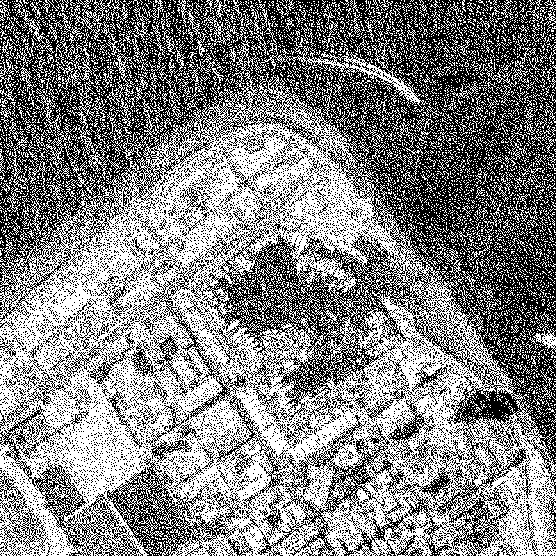
→Indonesia — In 2019, about half of the nation's capital, Jakarta, was located beneath sea level, with some neighborhoods sinking "as fast as 9 inches a year." Continued carbon emissions at the 2019 rate, in combination with unlicensed groundwater extraction, is predicted to immerse 95% of Northern Jakarta by 2050.
Offsets
Not all credits are created equal. Here's what we look for to avoid greenwashers.
Transparency — We expect that any offset we purchase can prove without doubt and in the open that an individual credit can not be "double counted", or purchased more than once.
Permanence — We do not buy credits when there is not a strong guarantee that the unit or drawdown will not be permanent, or is liable to be undone.
Additionality — We only buy credits when the supplier can clearly prove that by facilitating this activity, more carbon was drawn down than would have been.
Monitoring and Verification — Credit minters that take all of the above seriously will take steps to clearly publish their processes for ensuring captured carbon stays where it should.

→United States — In Alaska a result of this temperature increase, the EPA noted that "Arctic sea ice is retreating, shores are eroding, glaciers are shrinking, permafrost is thawing, and insect outbreaks and wildfires are becoming more common".
Buying local, and paying ethical prices for renwable energy credits.
We're careful to buy Renewable Energy Credits (RECs) and offsets that are in near proximity to us. Unfortunately, a lot of wind power RECs that are bought to offset electricity usage are from Texas, where wind energy is really cheap due to a deregulated market, and wide open land to build such farms.
This ultimately hurts our environment: purchasing low-price RECs creates more demand, cheapening the price of carbon in Texas, and creating less incentive for suppliers in your home state to invest in clean technology.

→The Maldives — The Intergovernmental Panel on Climate Change's 2007 report predicted the upper limit of the sea level rises will be 59 centimetres (23 in) by 2100, which means that most of the republic's 200 inhabited islands may need to be abandoned. According to researchers from the University of Southampton, the Maldives are the third most endangered island nation due to flooding from climate change as a percentage of population.

→Greenland — Since the middle of the 20th century, the Arctic has been warming at about twice the global rate. Rising temperatures put increasing pressure on certain plant and tree species and contribute to Greenland's melting ice sheet.
Early stage technologies may not be a best use of our resources (yet).
(C.)We've decided to diversify our investments in various sustainability projects focusing on Carbon Sequestration, Methane Capture, Anaerobic Digestion, and Lobbyist Groups & Education. This is a way for us to further educate ourselves, and learn firsthand what we feel works best. We'll evaluate the projects yearly, and consider which sustainability projects within new areas we could potentially expand our investments into each year.
Based on our research and calls with people in various aspects of the sustainability industry, we have decided not to invest in any direct air capture (DAC) technologies yet. This technology is still in early development.
A challenge with DAC technologies is that they only capture the carbon from the biosphere, but they do not bury it into the ground to the geosphere. In order to achieve negative emissions, you have to move more carbon from the biosphere to the geosphere than the reverse. A potential solution is to combine DAC technologies with carbon sequestration, so that the carbon captured from the air, the biosphere, can be moved into the ground, the geosphere. This would achieve negative emissions. DAC technologies are likely not burying carbon because it is not a profitable business, but selling the captured carbon to greenhouses is (source).
We believe that direct air capture technologies will be important on a longer timeline once further developed, and we'll continue to follow the progress. We're excited to one day invest in this technology once it is further developed.
Studio Carbon Negative was initiated by Sanctuary Computer. Get in touch if you would like to know more information about Studio Carbon Negative.
→ Visit Sanctuary Computer